Amazing facts about hair removal
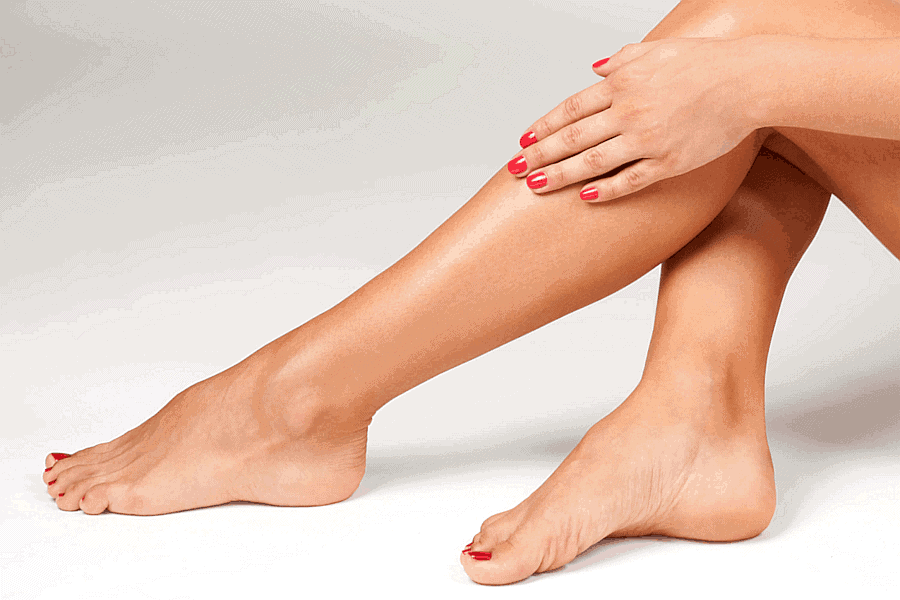
Hair happens, and it happens all over but hair removal becomes a necessity when these hairs start growing in areas we don’t want it or in proportion we detest.
While beautification can mean adding, in other cases it’s also about subtracting – especially when it comes to excess body hair.
Now, pubic hair is something we all have, though most of us wish we didn’t and so it’s not much of a surprise that 95% of the men and women People interviewed by researchers in one study had had their pubic hair removed at least once in the last four weeks. But considering how little there is of it (relatively) and how few people see it, many of us have strong feelings about what’s going on down there-and lots of questions about what to do with it.
Another type of hair that is also fond of being removed is the ingrown hair. Firstly, take comfort in the fact that ingrown hairs are totally normal. Most women will experience ingrown hairs (also known as razor bumps) at some point in their lives, says Nada Elbuluk, M.D., assistant professor in the Ronald O. Perelman Dermatology Department at NYU Langone Medical Center.
Although they are more common in people with curly or coarse hair, they can happen to just about anyone and can occur just about anywhere (legs, arms, under the belt, and more). Usually these bumps look like acne. In some cases, you may be able to see the hair trapped inside them.
There are a few reasons why ingrown hairs happen. Uni K Wax founder Noemi Grupenmager says that wax made with irritating chemicals, using hard wax that’s too hot, and poor waxing technique are all common causes of pesky ingrown hairs. Oh, and wearing tight clothing on the leg. It’ s a bad technique to cut the hair at skin level instead of removing it from the root, as this can make a person more likely to have ingrown hairs.
Why should excess or unwanted hair be removed?
Here’s a fact that’ll make you scratch your head: For over 100 years, women’s razor ads haven’t shown any actual body hair.
Pretty weird considering that these images are selling a product that’s supposed to remove well, body hair, right?
In men, the amount of body hair varies greatly, but very few men are concerned enough about excess hair to get rid of it.
Among women, the amount of hair considered excessive varies according to ethnic origin and culture. In general, excess body hair is only a cosmetic and psychological concern.
Popular hair removal methods
Many people looking for smooth hairless skin are met instead by a thicket of stubble, and that gives a reasonable explanation to the unprecedented high demand of hair removal products.
In ancient Greece, having pubic hair was considered “uncivilized”. Yes, we have all seen these apparently hairless Greek statues – and some women, in order to imitate this aesthetic, would pull out or singe off all their pubic hair. Archeologists believe Samoans would scrape their skin with sharp seashells to get rid of underarm hair, and “sugaring,” a practice originating in the Middle East, called for cooked sugar and lemon to remove body hair – maybe the first wax, ever.
But grooming trends have changed much more in the last century than ever before. Thanks to modern technology, our obsession with celebrities, the tendency to share too much, and let’s face it, porn, what people do with their body hair have become the focus of many a trendy piece – and styles are constantly changing.
When it comes to hair removal, there are so many methods to choose between whether you’re making sure your brows are ‘on fleek’ or need to make sure you have smooth legs for a special skirt.
You can choose between waxing hair removal, laser, IPL, electrolysis, creams and of course the good old-fashioned shave, but is there really a first-rate choice? Of course, that’s what we are here for but firstly, let me run you through all the methods stating each of their effectiveness, environmental impact and of course how much they hurt.
Tweezing
Pulling out individual hairs by the root with a pair of tweezers sounds straightforward but there can be complications. This method is usually reserved for facial hair and is quick and relatively simple.
However, tweezing requires that attention to detail as you don’t want a pair of mismatched brows so it’ll take a bit of time. Plus ripping out hair from the root hurts and as the hair grows back with the same texture within a week, it needs regular maintenance.
Waxing
Arguably the most painful, waxing requires you to apply warm wax to your skin and then remove hair from the root by ripping it off.
And although the hair that grows back is softer because it grows back with a tapered end and works wonders on fine hair, there are a few negatives to consider.
Not only is there the pain, but there’s a higher risk of ingrown hairs after waxing plus it can make the skin irritated and sensitive.
It’s also environmentally-unfriendly too- Perth beauty experts Riz and Sandrine Syed say their salons alone could produce around 7.4 tonnes of landfill waste each year.
On top of that, for waxing to be effective, the hair has to have had substantial regrowth so you can’t be hair-free for a lot of the time. It can also often stimulate thicker hair growth and in some circumstances, lead to infections and even STI’s when it comes to bikini waxes.
“Removing hair from these areas increases the risk that tiny tears in the skin will contain bacteria that were never meant to be in the skin,” explains dermatologist Sandra Johnson told the Huffington Post.
“It can cause surface infections and even deeper cellulitis in some cases.”
“The skin infection impetigo is a common issue, too.. I have also seen ringworm worsened with waxing,” she added.
Shaving
It’s quick, it’s pain-free, it’s easy to do at home and relatively inexpensive. What’s not to love?
However, as it doesn’t remove hair from the root you need to shave every day for that silky smooth feeling otherwise you’ll be left with stubble. Ingrown hairs are also a problem when it comes to shaving, especially when it comes to the bikini line area.
They’re not so great for Mother Nature either as the plastic in disposable razors isn’t recyclable and doesn’t biodegrade.
If you like shaving, Australian Ethical recommends investing in a good electric razor, and that way you’ll save money in the long-term on replacement blades.
Electrolysis
In this method, an electric current is applied using a very fine needle-shaped electrode or metal probe into each hair follicle with the mission to destroy the hair’s root. There are three types of electrolysis: galvanic, thermolysis, and mixing.
Hair grows at different stages: growth, resting, and shedding. Because all of the hair isn’t on the same stage at any given time, multiple sessions are needed to get treatments.
However, this does not guarantee that you will never see hair where you have been treated for the rest of your life.
Sugaring
According to the “Encyclopedia of Hair: A Cultural History”, the practice of candy was born in ancient times in the Middle East. It consists of cooking a sticky gel-like paste made of sugar, lemon juice, and water and using it in the same way as wax for hair removal – only the paste is organic, biodegradable, and hypoallergenic. This sweet substance removes hair at the root without sticking or pulling on living skin cells, so it is generally gentler than waxing.
At the end of it all you will have smooth, hairless skin, which only lasts for three to five weeks.
Laser hair removal
It’s probably the most popular method when it comes to long-term hair removal and that’s because laser uses technology to remove the hair from the root and unlike waxing or shaving, it gradually destroys the hair follicle. (But it regenerate within 6 to one year)
Laser hair removal is not one of those self-management treatments that you look forward to. You don’t soak yourself in a salt bath, massage your muscles into submission, or revel in the pinkish glow of your skin after your face.
But before you book in for your first appointment, know that it’s a commitment. Laser Clinics Australia recommend around 10 sessions and depending on your hair and skin type and the area being treated, you will usually need to come back for treatments every four to six weeks.
When your skin is tanned (even fake tanned) it increases the likelihood of laser burns or an ineffective treatment so you either have to forego sunbathing or wait until winter too.
Epilators (IPL)
Epilators have a rotating head that catches and plucks hairs out one by one. And yes, it can be painful, but there are tips to help.
“Epilating allows you to reach all areas of the skin easily with the stretch of one arm, so the other hand can be used to hold the skin taught to relieve the pain felt at the beginning of the hair removal process”, explains Dr. Anita Sturnham, general practitioner and skin specialist.
“Some epilators can also be used in the bath or shower, which softens the hairs and desensitizes the skin for a gentler epilation experience.”
But apart from the initial pain, another problem is that it’s quite expensive.
Shaving creams
You probably notice the smell straight away, but hair removal creams are relatively pain-free, inexpensive, and quick and easy to use at home for getting rid of body hair.
They work by breaking down the natural structure of the hair through the chemicals within. Due to these harsh chemicals, they can have some nasty side effects like chemically burning the skin if it’s left on for too long as hair and skin are made up of the same proteins and amino acids.
If it’s in an aerosol form, it’s not great for the environment either as the greenhouse gases contribute to global warming.
Is there any safe hair removal method?
After going through all the listed methods, I’m sure what is going through your mind is that, isn’t there any product that can safely remove my hair without harming me or the environment?
To answer that question, let me introduce you to Dr. Elix Hair Growth Inhibitor Serum for a permanent hair removal authentic solution. This product leads safely to significant improvement and comfort in the short and long term, acting as an all-natural effective DHT Blocker but also improving your hair follicles sensitization and so to really go for a real natural permanent hair growth inhibition solution or at least very durable and comfortable, it’s used preferably after removing the hair from the root by the method of your choice ensuring your comfort by many actions, soothing, antiseptic, antibacterial, anti-inflammatory, sebum regulation and moisturizing. It can be used alone and also can be used together with other long-term hair removal methods like laser therapy, electrolysis… to help reduce the pain those methods put you through, repair any damage to your skin, and install more chances for impressive results, as well will keep you away from ingrown hairs or pimples. In short, this product is an all-rounder.
Generally, along with female excessive hair growth that is mostly caused by Hirsutism condition, other symptoms may occur and affect your comfort, Dr. Elix has managed authentic beauty solutions and treatments for an outstanding skin and hair care beauty ritual, check out our Acne treatment serum, the Prodigious Prickly pear seed oil as well Dr. Elix Expert Hair Loss Serum for impressive performances.
Nature’s Finest Elixirs by Dr. Elix

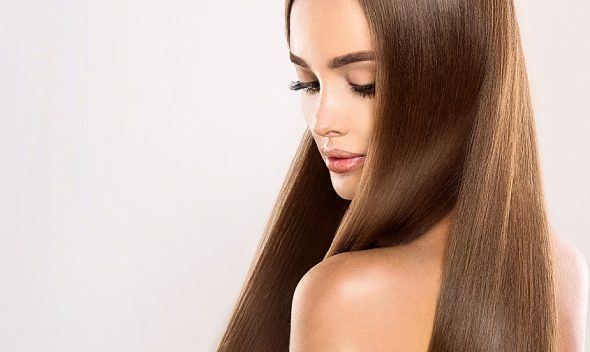




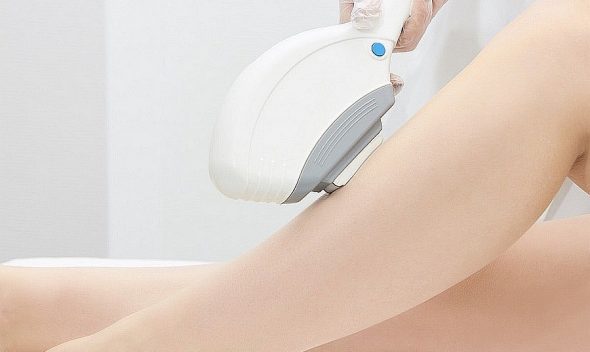
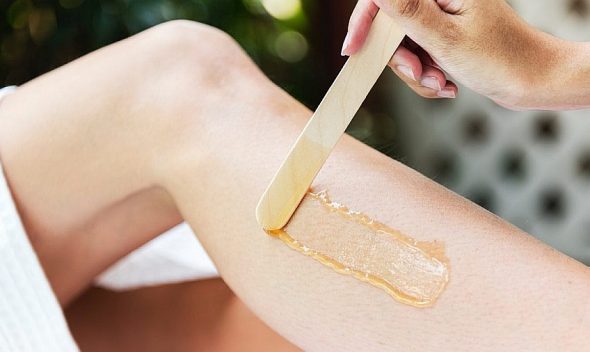
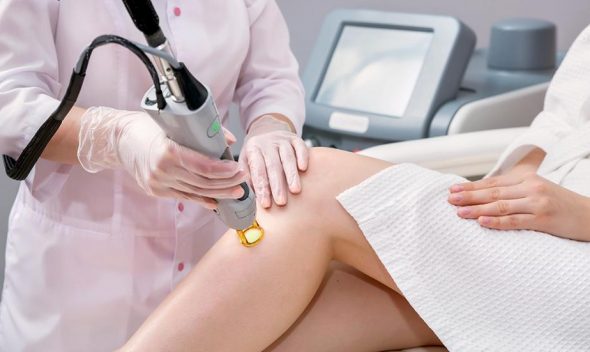
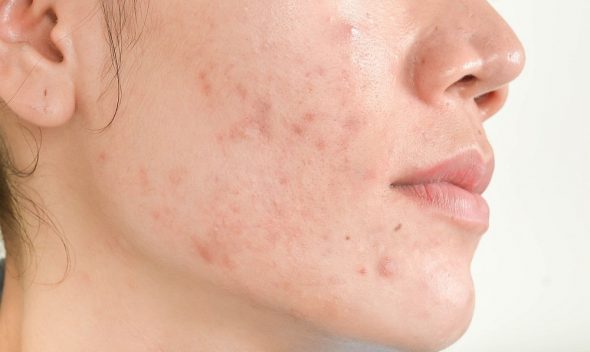
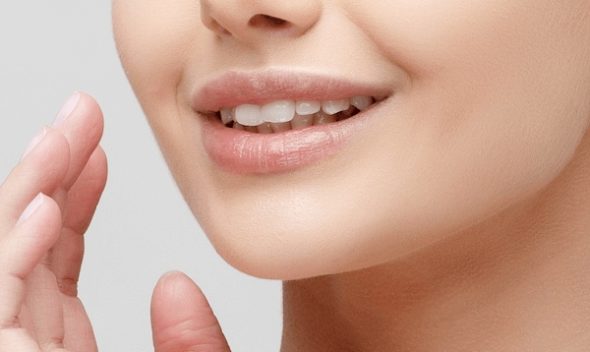
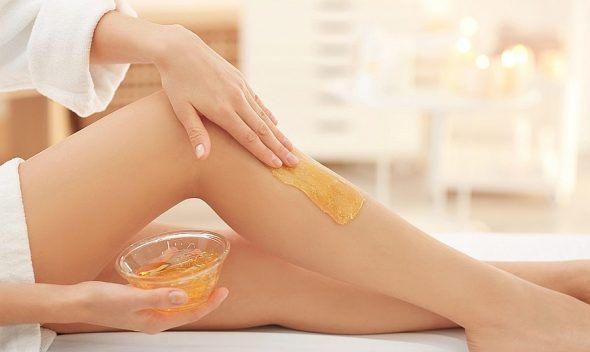
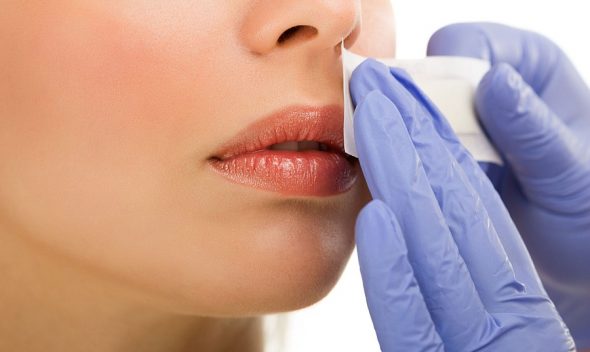
Nice post! Thanks for sharing amazing content.
Hi,
Glad that you like it.
Most Welcome,